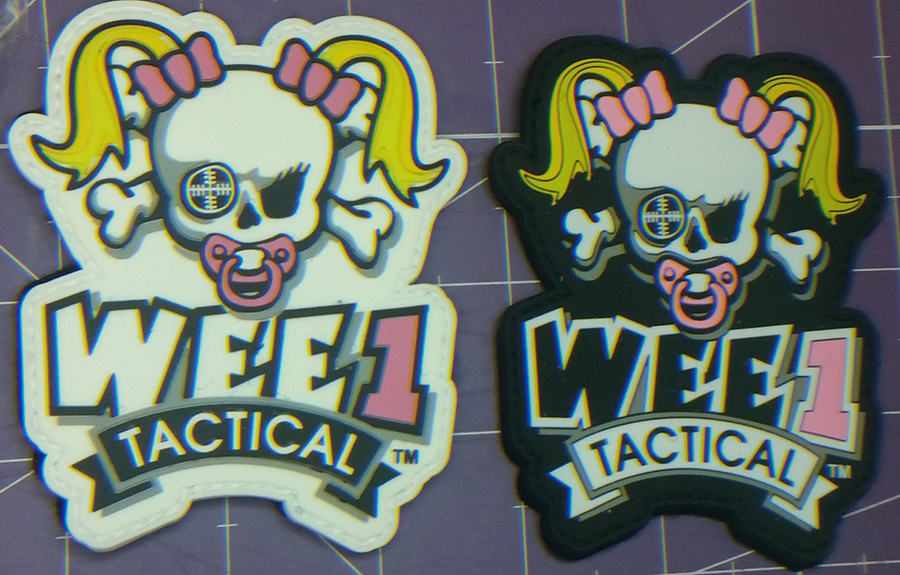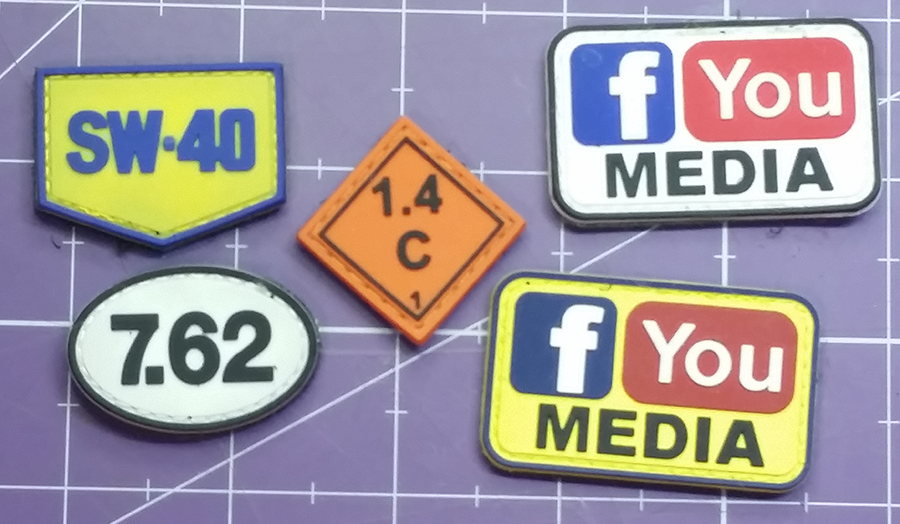Morale patches are decorative patches worn on military uniforms, backpacks, or other gear to boost morale, display unit pride, and express a sense of humor. While their origins are not entirely clear, morale patches have a long history in the United States military.
During World War I, American soldiers often decorated their helmets with insignia and symbols to signify their unit or to express their individuality. However, it wasn’t until World War II that morale patches became more widespread. In this conflict, soldiers began to create their own patches and insignia to represent their unit or to commemorate significant events. These patches often featured humorous or irreverent images or phrases.
In the Vietnam War, morale patches became even more popular, with many soldiers creating their own custom designs. These patches often featured images or slogans that expressed frustration with the war or mocked the military establishment. Morale patches were also used to commemorate the loss of fellow soldiers and to create a sense of camaraderie among troops.

The popularity of morale patches is not limited to the military, as other uniformed organizations such as the Boy Scouts, Girl Scouts, police, and EMS also use patches to recognize achievements, signify membership, and build camaraderie.
The Boy Scouts and Girl Scouts have a long history of using patches to recognize the accomplishments of their members. Scouts can earn patches for completing specific tasks or achieving certain milestones, such as earning merit badges or completing a high adventure activity. These patches are often displayed on a sash or vest, and serve as a visual representation of the scout’s achievements.
Similarly, law enforcement agencies and emergency medical services (EMS) use patches to signify membership and to recognize the accomplishments of their personnel. Police officers and EMS personnel often wear patches on their uniforms that indicate their rank, unit, or specialty. These patches not only help to identify individuals, but also serve as a source of pride and camaraderie within the organization.

The popularity of patches among these organizations has likely contributed to the fondness and popularity of morale patches in general. The exchange of patches between members of different organizations has become a common practice, further reinforcing the sense of camaraderie and shared experiences that patches represent.
The number of US morale patch designers is difficult to estimate as there are many independent designers who create and sell their own unique designs, often through online marketplaces or social media platforms. Additionally, many military units and law enforcement agencies have their own internal designers who create custom patches for their members.
The variety of patch designs available is extensive and constantly evolving. Some patches feature traditional military or patriotic designs, while others are humorous or irreverent, referencing popular culture or current events. There are also patches that commemorate specific units or events, and patches that serve as a form of political or social commentary.
Patches can be made from a variety of materials, including embroidered fabric, PVC, leather, and rubber, among others. They come in a wide range of sizes, from small patches that can fit on a hat or backpack, to larger patches that can be worn on a uniform or displayed on a wall.
Overall, the popularity of morale patches has led to a thriving market for designers and manufacturers, with an endless variety of designs and styles available to suit almost any interest or taste.

In recent years, morale patches have become a popular item among military personnel, law enforcement officers, and others who work in uniformed professions. They are often traded between individuals and units as a way to build connections and to express unit pride.
Today, morale patches come in a wide range of designs and styles, from serious and subdued to humorous and irreverent. They are a way for individuals to express themselves and to connect with others who share their experiences and values.